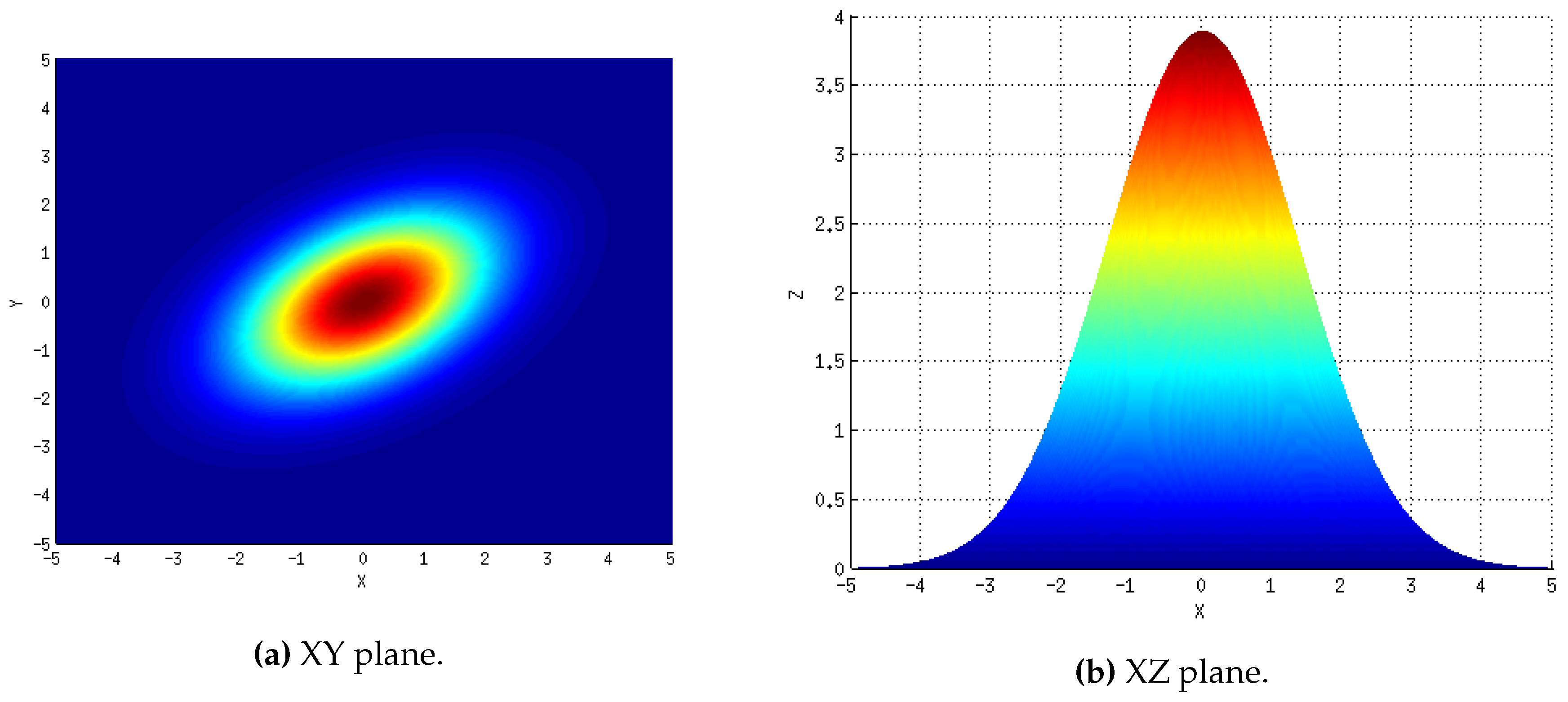
An additional goal is to assess the performances of the solar field for the PEGASE (Garcia et al., 2006) project located at THEMIS (Targasonne, France, see Fig.

Indeed, one goal is to be able to optimize the design of any CRS project at any location on economic criteria such as cost of the produced electricity. The first one is an optimization problem: “What is the best heliostat field layout to maximize the collected solar energy or to minimize the cost of that energy?” the second one is a performance calculation: “What is the power reflected by the field and arriving on the receiver aperture?” The PROMES laboratory is interested in both problems.


Such comparison had already been initiated in the frame of SolarPACES (solar power and chemical energy systems, IEA implementing agreement) to validate optical tools on a standard test case (Pitz-Paal and Schwarzbözl, 2000), but to our knowledge this work was not continued.Ĭoncerning heliostat fields, two kinds of problems can be distinguished. Our purpose is not to develop another tool – many of them are available and effective – but to screen existing codes, trying to determine which one should be used depending on the objectives of the simulation, and which results can be expected. None of such codes can be considered as a standard tool for research or industry applications. Unluckily a lot of work is generally needed to adapt the codes for concentrated solar flux calculation to specific features and specific needs of each project.

Experimental work in this field has shown the necessity to master user-friendly modeling tools to design, simulate and optimize solar components of tower plants. To optimize and design a CRS it is essential to know the performances of the subsystem formed by the tower and the heliostat field.


 0 kommentar(er)
0 kommentar(er)
